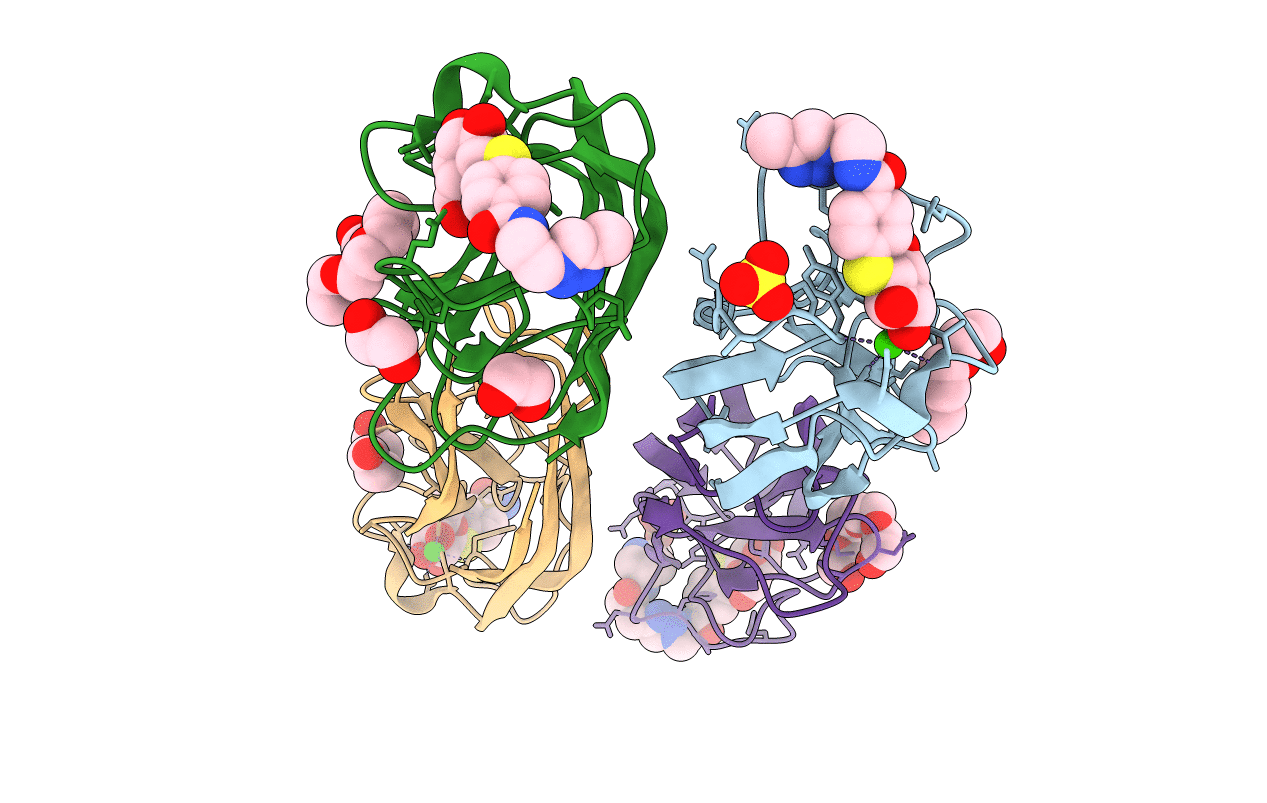
Deposition Date
2014-02-04
Release Date
2014-10-08
Last Version Date
2023-12-20
Entry Detail
PDB ID:
4CP9
Keywords:
Title:
Crystal structure OF lecA lectin complexed with a divalent galactoside at 1.65 angstrom
Biological Source:
Source Organism:
PSEUDOMONAS AERUGINOSA (Taxon ID: 208964)
Host Organism:
Method Details:
Experimental Method:
Resolution:
1.65 Å
R-Value Free:
0.18
R-Value Work:
0.15
R-Value Observed:
0.15
Space Group:
P 21 21 21


